Tags: China
China Plans To Submerge Data Centers Underwater for Space Efficiency and Green Cooling
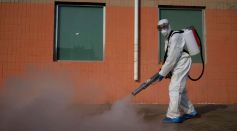
'Mystery Pneumonia' Outbreak in China Forces Workers in Hazmat Suits To Disinfect Streets, Structures; Alarming Spikes of Similar Illness Also Observed in Netherlands

AI-Powered Robot Chemist From China Could Generate Oxygen in Mars
Rogue Rocket That Slammed Into Moon’s Far Side Is From China’s Chang’e 5-T1 Mission [Study]
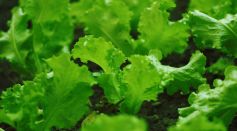
Chinese Astronauts' Successful Space Farming: Lettuce and Beyond in Shenzhou-16 Mission
160-Million-Year-Old Flesh-Eating Lampreys Discovered in China, Provide Insight on the Evolutionary History of Jawless Fish
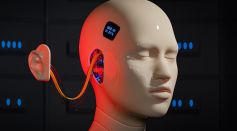
China Reveals Plans To Mass-Produce Humanoid Robots by 2025, Become Global Tech Leader by 2027
China Grants EHang Certification To Operate Self-Driving Air Taxis
China Launches Long March 2F Rocket With 3 Astronauts To Perform Tiangong’s First Maintenance Spacewalk
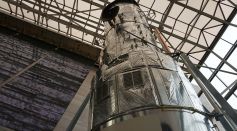
Chinese Space Telescope 'Xuntian' Designed To Outdo NASA Hubble Telescope, Astronomers Claim

World's First Known Mountaintop Impact Crater Caused by Asteroid Found in Northeastern China

1,400-year-old Emperor Tomb in China Confirms Political Power Struggle Between Royal Siblings, Warlord
China’s Galactic Energy Ceres-1 Rocket Failed During Space Launch, Resulting in Loss of a Commercial Remote-Sensing Satellite
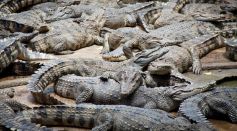
75 Crocodiles Escape From Breeding Farm in China Amid Flooding Due to Typhoon Haikui
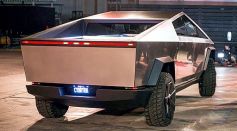
Cybertruck-Inspired McFlurry Spoon Released by Tesla and McDonalds in China; Elon Musk Has No Idea, Calls It Fake News

Robot Army? US Military Plans To Build Thousands of War-Fighting Robots To Counter the Growing Power of China
Japan Receives Harassment Phone Calls From China After Release of Treated Nuclear Water From Fukushima
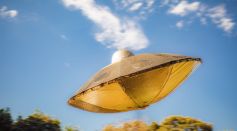
UAPs Could Be ‘Unfriendly’ Advanced Technology From China, Former NASA’s UFO Inquiry Head Claims

Ancient Forest Discovered in China's Sinkhole 600ft Underground; Primitive Habitat Could Be Home to Unidentified Species

World’s Most Powerful General-Purpose Humanoid Robot Criticized; Terminator-Esque Bot Reportedly Looks Like Trying To Find Nearest Toilet
Most Popular

Largest Known Volcanic Aquifer Discovered Beneath Oregon's Cascades

New 'Supergiant' Sea Bug Found in South China Sea, Named After Darth Vader

Mediterranean Sea Was Refilled by a Catastrophic Flood Millions of Years Ago

Mysterious Cosmic Waves That Sound Like Birds Detected in Unexpected Space Region





